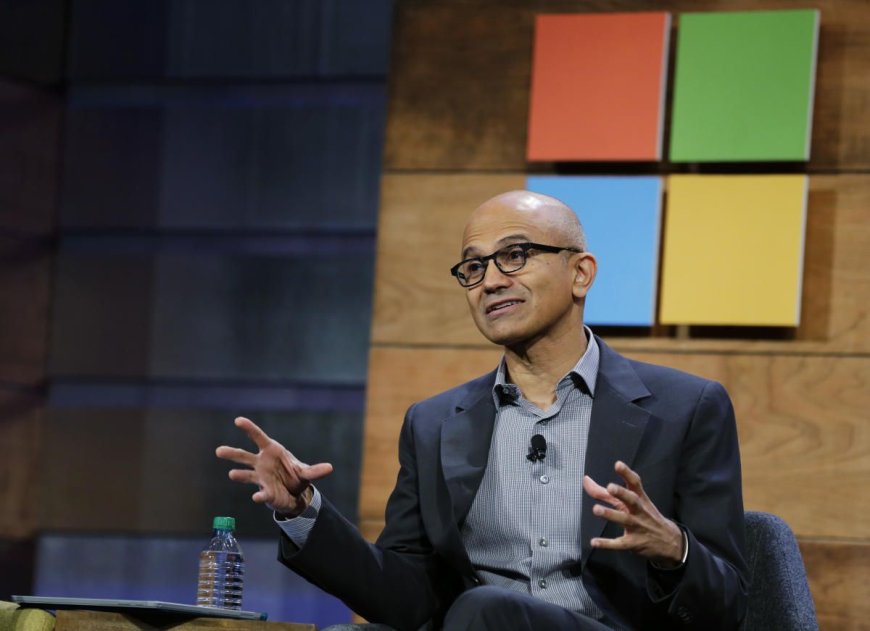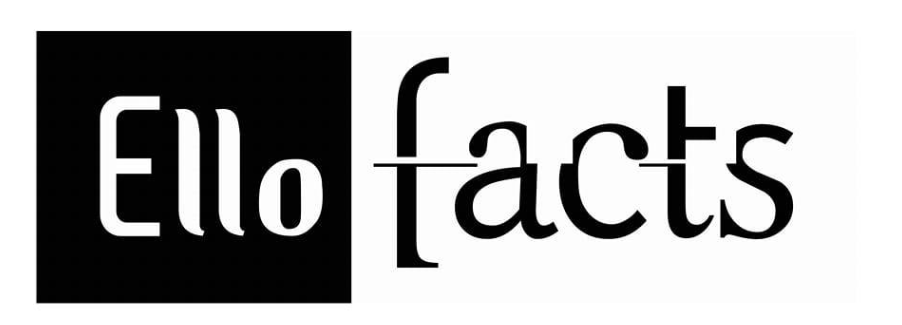Microsoft’s Vision Shift: From Software Factory to Purpose-Driven Innovation
Microsoft CEO Satya Nadella urges a shift beyond being a software factory, focusing on AI, innovation, and integrated solutions for the future

Introduction
Microsoft, a global technology leader, has transformed how the world works, learns, and connects. Known for Windows, Microsoft Office, Azure, and countless innovations, the company’s influence reaches billions. However, CEO Satya Nadella recently sent a clear message to employees — being just a “software factory” is no longer enough. The tech world is changing fast, and Microsoft must evolve to stay ahead.
A Brief History
Founded in 1975 by Bill Gates and Paul Allen, Microsoft began with the mission to put “a computer on every desk and in every home.” From creating the MS-DOS operating system to launching Windows and Microsoft Office, the company dominated the personal and business software markets. In the 2000s, it expanded into gaming (Xbox), cloud computing (Azure), and now artificial intelligence. Under Satya Nadella’s leadership since 2014, Microsoft has embraced a “mobile-first, cloud-first” strategy, pushing into AI-driven transformation.
Satya Nadella’s Message and Its Purpose
Satya Nadella’s statement — that Microsoft must move beyond being a software factory — is a call to innovate, adapt, and focus on integrated, intelligent solutions.
-
Purpose: To ensure Microsoft stays relevant in a rapidly changing, AI-powered world.
-
Reason: Software alone is no longer enough to meet complex business and consumer needs.
-
Vision: Shift towards AI-driven platforms, connected ecosystems, and problem-solving solutions that blend software, hardware, and services.
When Challenges Strike — Possible Downfall Situations
- If Microsoft fails to adapt, it could face:
- Loss of market share to more agile competitors.
- Dependence on legacy products with declining demand.
- Missing the AI and automation revolution.
- Customer dissatisfaction due to outdated offerings.
How Microsoft Can Stay Safe and Strong
To avoid decline, Microsoft can:
-
Embrace continuous innovation: Invest heavily in AI, automation, and mixed reality.
-
Strengthen cloud dominance: Expand Azure services and AI integration.
-
Focus on customer success: Build tailor-made industry solutions.
-
Promote employee upskilling: Encourage learning in AI, data science, and cloud architecture.
Situations to Prepare For
-
AI competition from rivals like Google, OpenAI, and Amazon.
-
Global economic shifts that reduce enterprise tech spending.
-
Cybersecurity threats targeting integrated systems.
-
Regulatory hurdles in multiple countries.
Importance and Significance
This shift matters because it:
-
Encourages Microsoft to lead in AI and digital ecosystems.
-
Protects long-term relevance.
-
Improves value for customers, partners, and investors.
Tips for Thriving in This New Direction
- Adopt a growth mindset: Be ready to learn new tech quickly.
- Prioritize user experience: Simplicity and efficiency win loyalty.
- Leverage AI for productivity: Use tools like Copilot for faster workflows.
- Think global, act local: Adapt products for different regions.
Advantages of Moving Beyond the Software Factory
-
Future-ready innovations.
-
Stronger market position.
-
Improved customer engagement.
-
Greater flexibility in product offerings.
Disadvantages
-
High transition costs.
-
Resistance to change from employees.
-
Short-term instability during restructuring.
Conclusion
Satya Nadella’s direction is more than a strategy shift — it’s a survival plan. Microsoft’s evolution from a software factory to a purpose-driven, AI-powered technology leader ensures it remains a dominant force in global tech. The journey may be challenging, but with innovation, adaptability, and vision, Microsoft can turn potential threats into unmatched opportunities.

 Ellofacts
Ellofacts 





